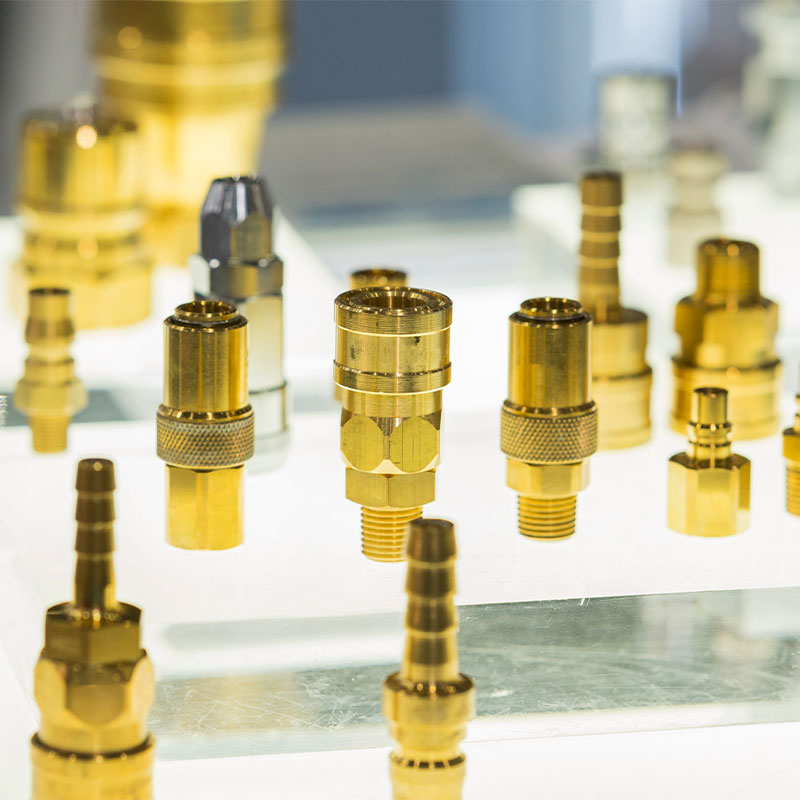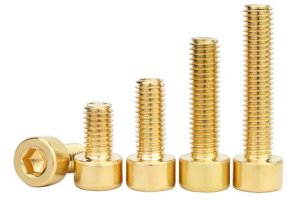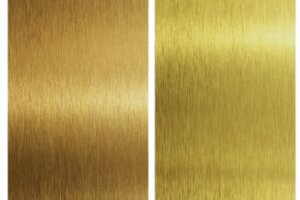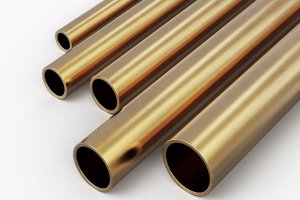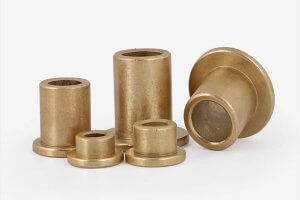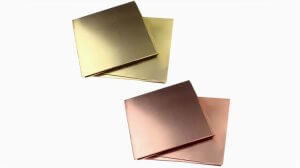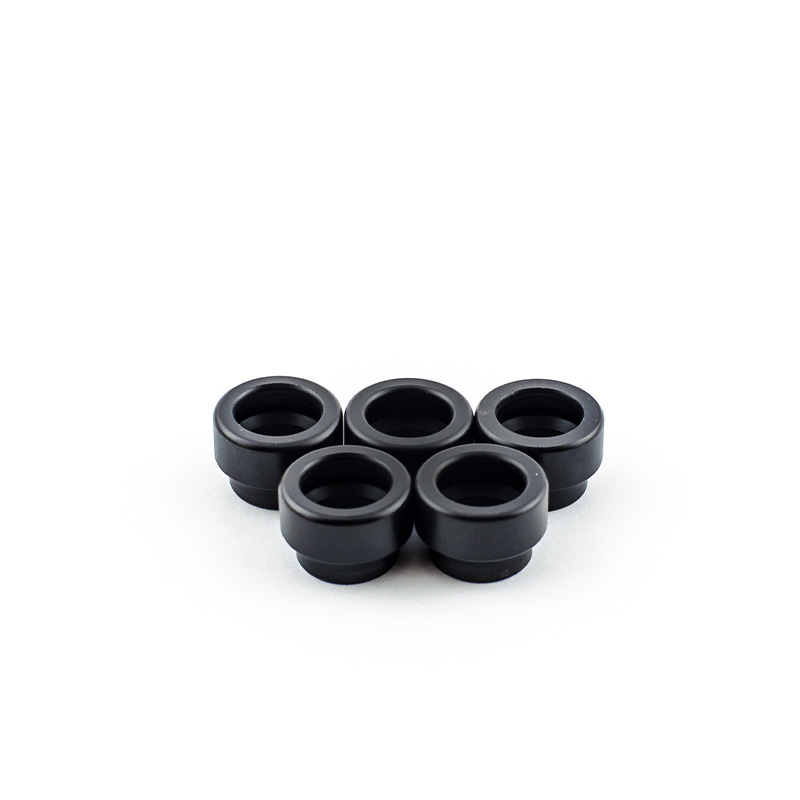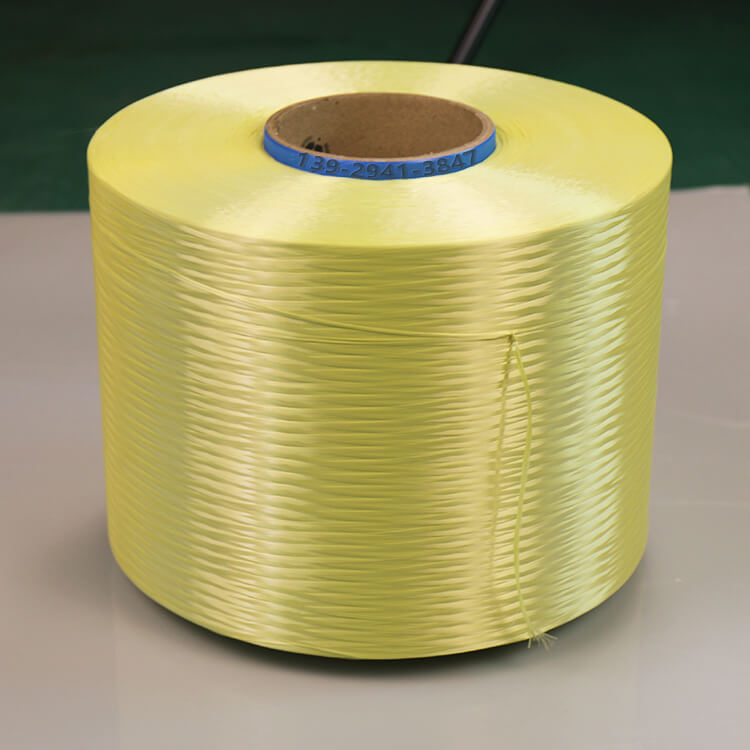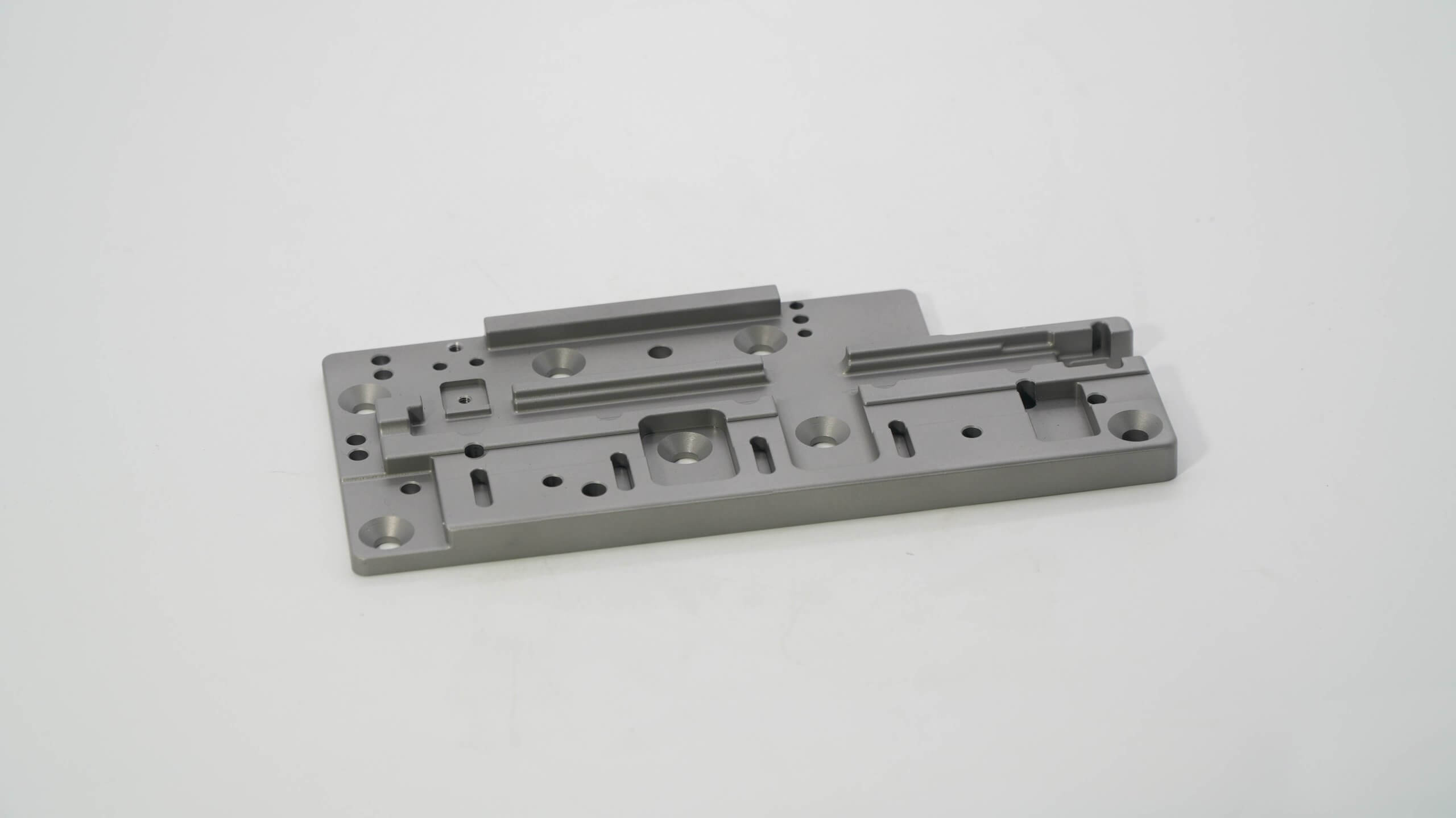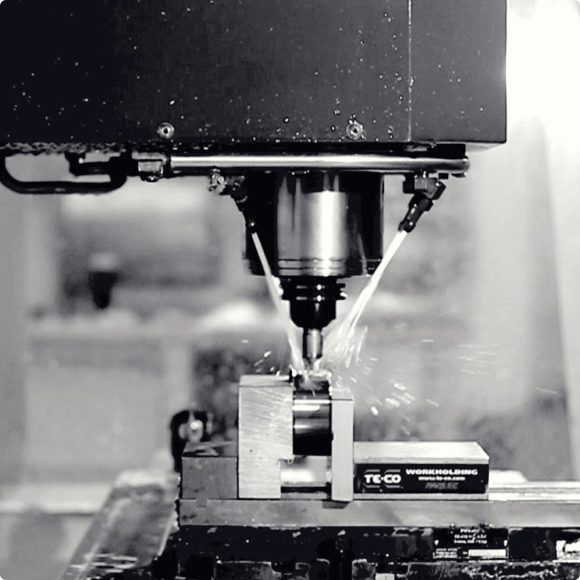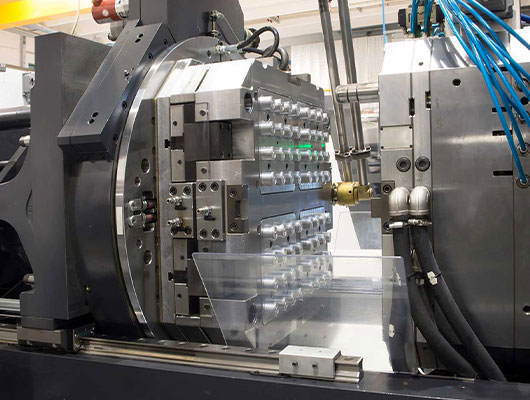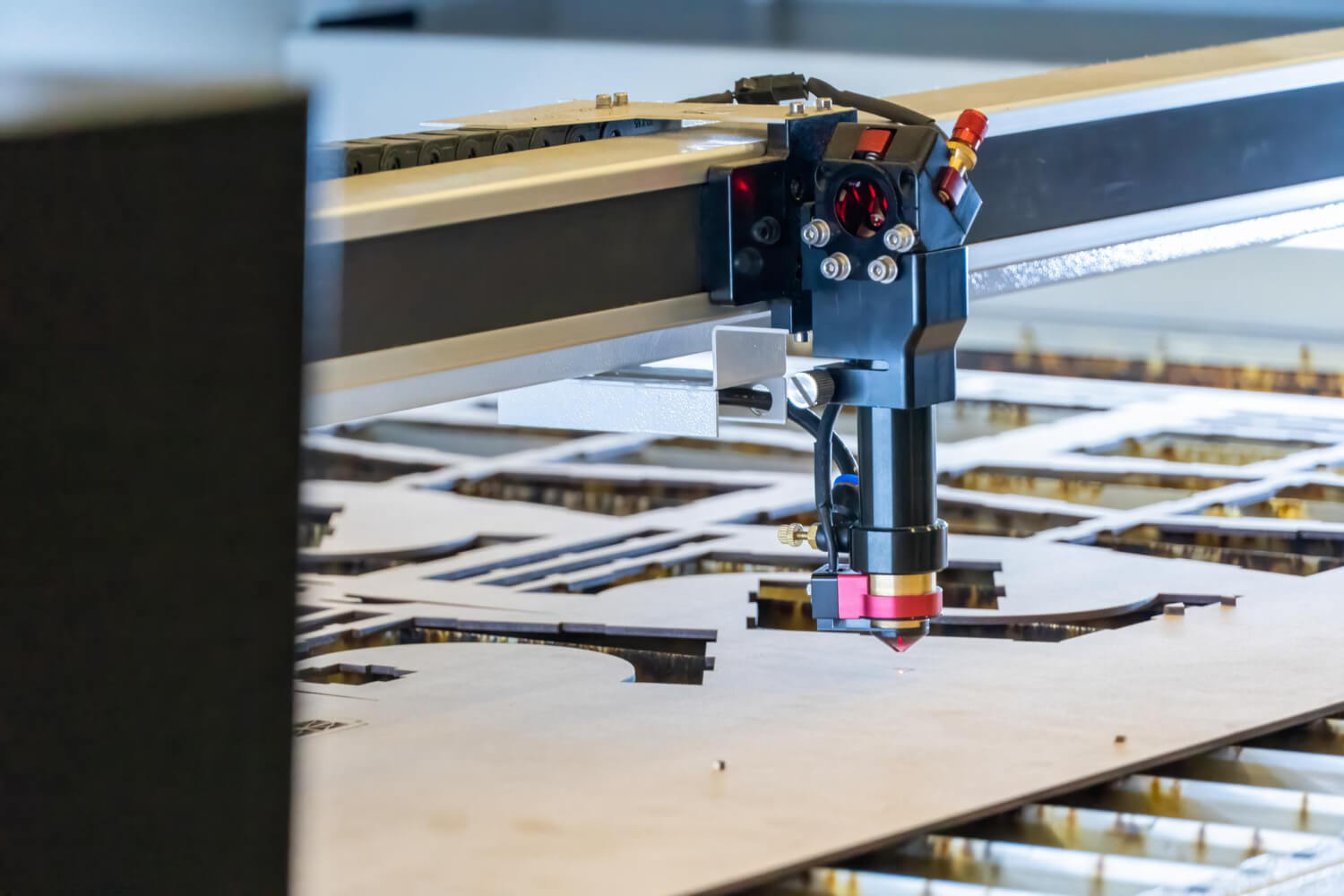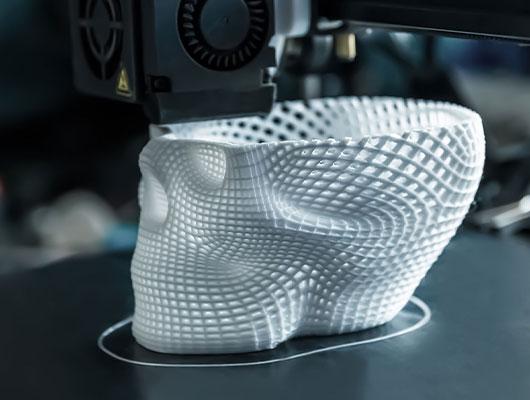About Brass
brass is a popular metal material choice for various industrial applications. Brass is an alloy composed of copper and zinc, which provides it with excellent corrosion resistance, durability, and electrical conductivity. These properties make brass an ideal material for creating high-quality parts that require precision and longevity.
One of the advantages of using brass in CNC machining is its machinability. Brass is relatively easy to work with and can be machined into complex shapes with a high level of accuracy. This makes it an excellent choice for creating parts with intricate details or for applications where tight tolerances are critical.
Brass is also a versatile material that can be used in a range of industries, from automotive to aerospace, and even in the medical field. In addition, it is an attractive material with a unique golden color, making it a popular choice for decorative parts and fixtures.
Overall, brass is a reliable and cost-effective material for CNC machining applications that require high precision, durability, and aesthetic appeal.


